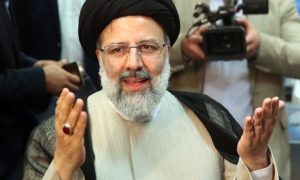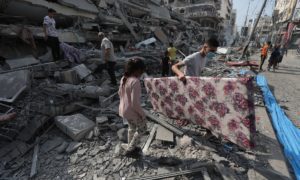In the wake of the Iranian Revolution, many forums had come up across the globe which would share and spread Imam Khomeini’s word. In this concluding part, the author writes about such forums in Kashmir, which made Ayatollah’s message the ‘idea of life’.
In the years of the Imam Khomeini’s exile until 1979, a forum called Jammu and Kashmir Anjuman-e-Tahfuzul Islam—the umbrella of many Islamic organizations from various schools of thought and jurisprudence—was routing the concepts of the great upheaval in the vale.
The ex-General Secretary of the forum, Molvi Ghulam Ali Gulzar, played a pivotal role in integrating the message of the revolution among the masses and was active from 1966 to 1978 in Kashmir.
“During the time when I served as a General Secretary in the forum, an event had caused a massive social uproar among people. A Hindu girl who worked at a cooperative center in Lal Chowk had married a Muslim man,” Molvi Gulzar states. “Her Hindu traditions practiced the concept of dowry, which proved to be difficult for her in her marriage, since she hailed from a poor family.”
Molvi Gulzar then suggested that the members of the forum visit Sheetalnaath temple and talk to Hindus there about the objectionable tradition. The members, along with Molvi Gulzar, spoke with the locals and came to the conclusion to form a three year committee exclusively for its analysis and contextual solutions.
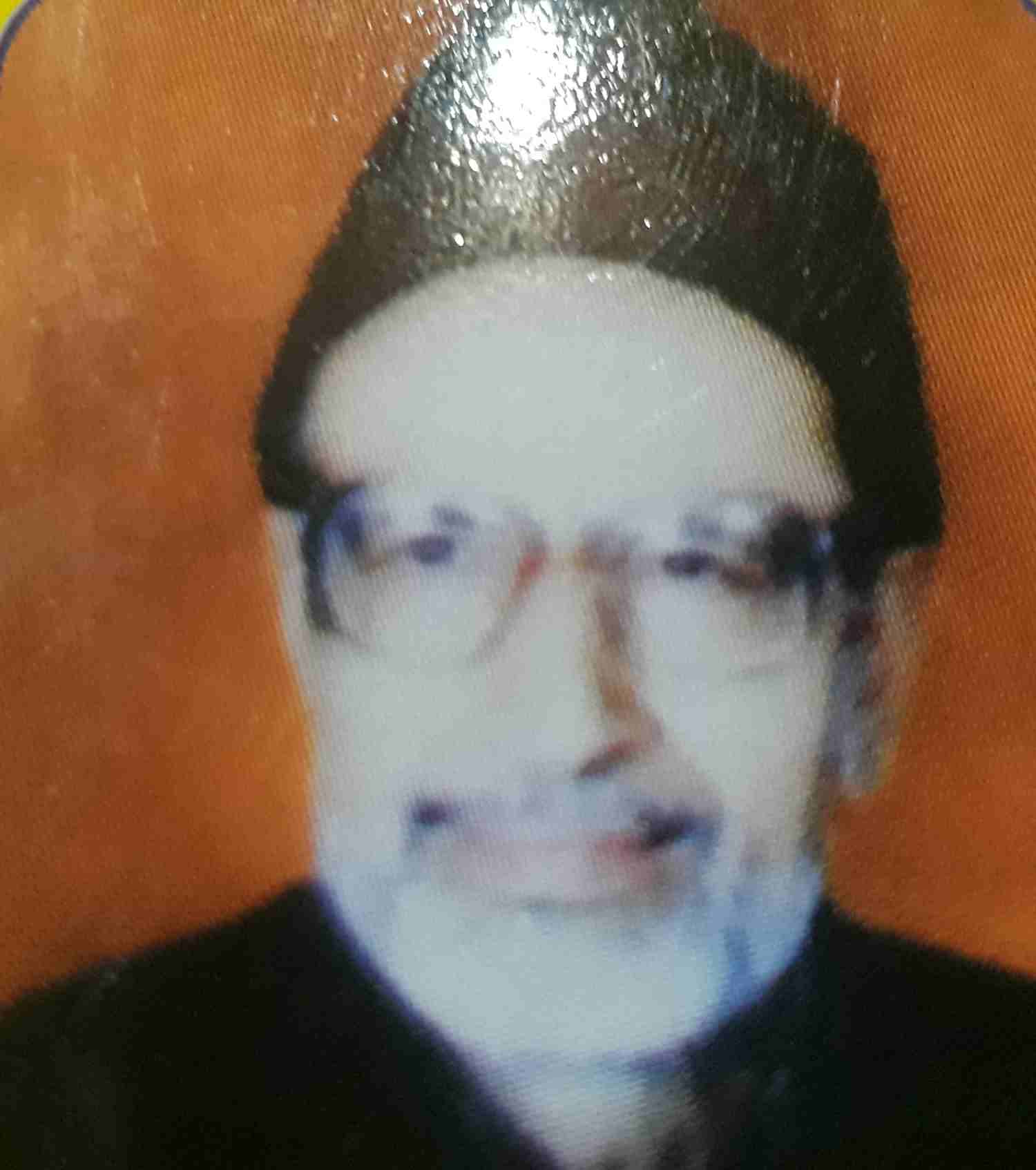
Molvi Ghulam Ali Gulzar.
Meanwhile, the powerful influence of the Muslim Brotherhood’s teachings in Islamic countries had gained traction. The Sunni brotherhood in Kashmir had already adopted and welcomed the wave of change that had swept and transformed the political climate outside.
In 1978, the Imam left for Paris after being rejected an extended stay in Iraq due to his efforts to overthrow the “despotic Iranian regime” through a revolution. Simultaneously, in December of the same year, Molvi Gulzar met with Aga Syed Mohammad Razvi of Zadibal, who was known to many as ‘Boud Aga Saeb’.
The former politically estimated the quick and inevitable return of the leader to Iran and suggested a due course of action facilitating it.
Thus, a forum, called the ‘Muslim Mufakkireen Forum’ was established in Srinagar, with Aga Razvi as its chairman and Molvi Gulzar as the secretary. A few noted personalities who joined the forum later included Syed Qalbi Hussain, Fida Hussain Engineer and Hakim Ashraf.
Soon enough, to announce its arrival, the forum made a poster touching on the subject of pan-Islamic unity, which garnered a positive and encouraging response.
Emboldened by the reception, the Forum regularly converged intellectuals and academicians of various sects and political groups into one single gathering in Husayni Hall in Nowpora and Hyderia Hall in Dalgate.
Within a span of few months, the Forum showcased a variety of films based on the Iranian revolution and distributed literature penned in Iran by the same, establishing a sense of concern and consciousness in the society.
Unbeknownst to many, the actions of the Forum would form one of the basis of the revival of revolutionary thought and fervor in the Valley and in India and would bring about a gurgling, refreshing change into the lives of the petrified Shias.
From the time of Sheikh Abdullah’s rule in Kashmir, history and society notes two extreme factions of Shias. One, who were elitist in nature and another who were extremely downtrodden.
In the elitist faction included people like the first sworn Cabinet Minister in the first ever British-proposed Cabinet of the Maharaja, Aga Syed Hussain; the first teacher in Tyndale Biscoe School and the father of Munshi Mohammad Ishaq and the first man to have founded the Ashai Committee that worked for the betterment of the Shia community, Khwaja Ghulam Mohammad Ashaa’i.
The committee included notable names like Hakim Safdar Hamdani, who wrote the first chronological timeline book on Shias in Kashmiri history and Hakim Murtaza, among others.
On the women front, Begum Zaffar Ali, the mother of Aga Ashraf, who was the first Education Minister, worked tirelessly for the fulfillment and development of education of women. Additionally, Syed Hussain Shah Jalali, in early 1920s, opened the Imamia School in Zadibal after its counterpart, Islamia School was opened by Mirwaiz Rasool Shah in the region.
Thus, there existed an intellectual tradition of Shias in Kashmir, despite the majority of them belonging to poverty-stricken and economically underprivileged families, which later culminated into a sentimental and political attachment with the Iranian revolution of Ayatollah Khomeini.
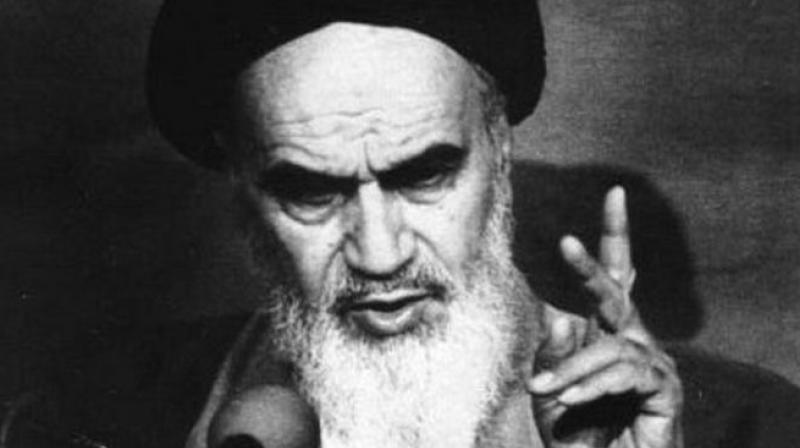
In the early days of the 1979 victory, when a looming threat of a swift imperialist takeover buzzed in Iran, Iranian students studying in Aligarh, Bangalore and Kashmir for the past 3-4 years began to feel a necessity to impart a truthful narrative of the revolution to the people around them.
The Association of Iranian Students was henceforth formed, and one of its branches settled in Kashmir.
The branch soon reached out to the Molvi Mufakkireen Forum after seeing the nature and narrative of the posters, activities and pan-Islamic ideals that the latter had nurtured in its wake.
Subsequently, both the Forum and the association joined hands to circulate Ayatollah Khomeini’s books touching on his philosophy and theory of Islam. Whenever the Forum would address a good topic related to the revolution, the Association would visit and share pamphlets in different languages and photographs related to the revolution.
Molvi Gulzar would translate the languages of the pamphlets from Persian to Urdu and sometimes to English. Qalbi Hussain would write the translations, after which the Forum would print and circulate them. Translated pamphlets were distributed by youth volunteers related to the Forum, which included people from different sects and walks of life.
“For three and a half years, the Forum’s activities were at the peak of its establishment,” Molvi Gulzar states. “On the Forum’s request, eminent personalities like Ayatollah Mahdavi, Ayatollah Gursurkhi and Dr. Hijazi, among others would visit Kashmir and attend their programs.”
In fact, when revered personalities of Iran would set foot in Jamia Masjid in Nowhatta on Fridays, Molvi Gulzar continues, people would flock towards the mosque and mark their arrivals through large gatherings. “In the span of five years following the revolution,” he says, “we had carried out six to seven gatherings, with a particular focus on Palestine in some. In one such gathering, I was even arrested and jailed for two days.”
The activities of the Forum panned all across Kashmir. In the College of Education, four gatherings were organized within a span of two years. Furthermore, an exhibition was organized in the college which showcased Iranian literature on the revolution.
The exhibition garnered massive recognition and was a huge success; people from all walks of life, including non-Muslims, came to visit and showed immense interest in the works.
In October of 1978, Molvi Gulzar immersed himself in the activities of the Tanzeemul Makatib movement that had originated from Lucknow, while the Forum’s activities, in collaboration with the association, continued to churn out pamphlets and films in a consistent manner.
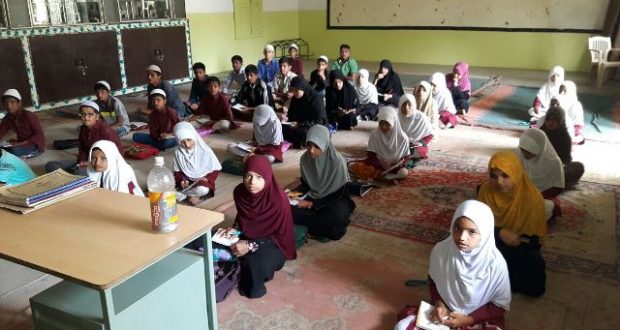
Literary activities of the Tanzeemul Makatib.
The Forum soon began to expand itself into a department, due to the nature and the frequency of the work it carried out. Along with the association, they visited places like Delhi, Hyderabad and Bangalore to spread their message and their momentum. Inspired by their cause, different groups and movements based on similar ideologies began to sprout in the Valley and in India, strengthening interactions and the overall call for pan-Islamic unity.
“There was and has always been an atmosphere of revolution in Kashmir, more so than in Lucknow,” Molvi Gulzar muses. “The momentum that we kick-started was even adopted in remote places like Muzaffarnagar in Uttar Pradesh, and in a span of two to five years, began to directly emit from official established sources like the Iranian Embassy and the Culture House.”
During that time, owing to the unstable political climate, Molvi Gulzar observed the changing events from afar. In Iran, an Islamic Republic government had been established and the events of the Iraq war it was embroiled in were being closely watched by the world.
In Kashmir, the Tanzeemul Makatib movement kept playing a pivotal role in aligning the interests of the society along with the ideals of the revolution, says Rashid Maqbool, an academic-scribe from Srinagar.
What set the movement apart was its emphasis on the responsibility of three institutions—home, school and social environment—on the character building and personality development of a child.
Starting from the grassroot level, they worked their way up while steadily imparting spirituality and morality throughout the crucial years.
Henceforth, a cultural revolution began to slowly take root in the Valley, with the structure of the society being led to change by the ideals of Ayatollah Khomeini and the late founder of the Tanzeemul Makatib movement, Syed Ghulam Askari.
“Until the 1970s, Kashmiris in the Valley were deeply pro-Pakistanis. They had to suffer a lot because of that and many families eventually left the region to settle in Pakistan,” Maqbool states.
During the Bakshi regime, the Plebiscite Front was established. Its long-time President and founder, Munshi Mohammad Ishaq belonged to the Shia community. Leading a popular movement of that time, the Front served as a united political stance for both Shias and Sunnis of the region.
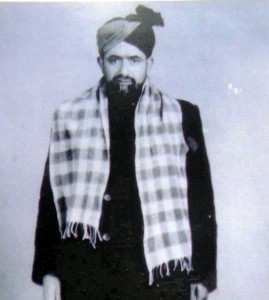
Munshi Mohammad Ishaq.
Mohammad Ishaq was an enlightened and a modern-thinking man, Maqbool reminisces. “He used to believe that the narrow-minded teachings of the mullahs, with no emphasis of education and personality development, had left the region in a sorry state of affairs. His consistent efforts and encouragement eventually led to the founding of the Educational Trust.”
Contemporarily, the Aga family had initiated the publication and printing of magazines like Al-Irshad and Safina. It was also during that time that a considerable number of educated Shias had returned after studying in different colleges across India. Henceforth, an independent process began to oil the cogs of change and give direction and momentum to the revolution’s impact.
In the 1980s, as the impact of the revolution swept the valley, two important and well-known personalities were quick to appreciate and own its facets. One, the brother of Dukhtaraan-e-Millat chief Asiya Andrabi and second, the then chief of Islami Jami’at-e-Tolba, a student’s organisation of Jamaat-e-Islami and now the head of Kashmir Media Service in Islamabad.
“Infact, the reason why militancy in Kashmir was Islamized was because of these two,” Maqbool states. “They used Iranian terms to nudge toward that direction. For instance, they dubbed major political parties—The Jammu and Kashmir National Conference and The Jammu and Kashmir Liberation Front—as ‘Zid-e-Inquilaab’, which means anti-revolutionists, which had been used by Iranian revolutionaries to refer to Communists.”
Both personalities informed the reclusive Shias of Zadibal about the workings of the Ayatollah who played a large role in expanding the revolution’s realm of thought in the Valley. After receiving threats of being eliminated, they fled to London and Pakistan-administered Kashmir respectively.
But glimpsing at the ground narrative, it seemed that the opinion of local clerics regarding the Ayatollah bordered on the negative, with hush-hush surrounding his political ‘scandals’. Very few held the belief and opinion that the Ayatollah would emerge victorious and revive a nation from the depths of stagnation and political inactivity.
Similarly, when Syed Ghulam Askari stood up against the traditional hold of religion by specific pulpits in India and the Jamaat-e-Islami sought to decentralize Islam from a particular revered Muslim class, many clerics strongly and openly opposed such reformation movements.
Ghulam Askari’s popular slogan: “Instead of resenting the darkness, it is better to light a lamp”, had interchangeable connotations to Ayatollah Khomeini’s stark response when he was asked where the revolution would come from: “The soldiers of the revolution are in cradles,” due to the fact that it emphasized the importance of grass-root change and social reform.
“The predictive capacity of the Imam’s slogan was such that the revolutionaries who flooded the streets with massive support and carried the spark of resistance were the very same adolescents who had been born during the tumultuous time of emerging anti-imperial thought,” Maqbool concludes.
Indeed, the white-bearded mystic did inspire events in Kashmir, which then motivated masses to throw their weight behind the promised plebiscite.
Like this story? Producing quality journalism costs. Make a Donation & help keep our work going.



